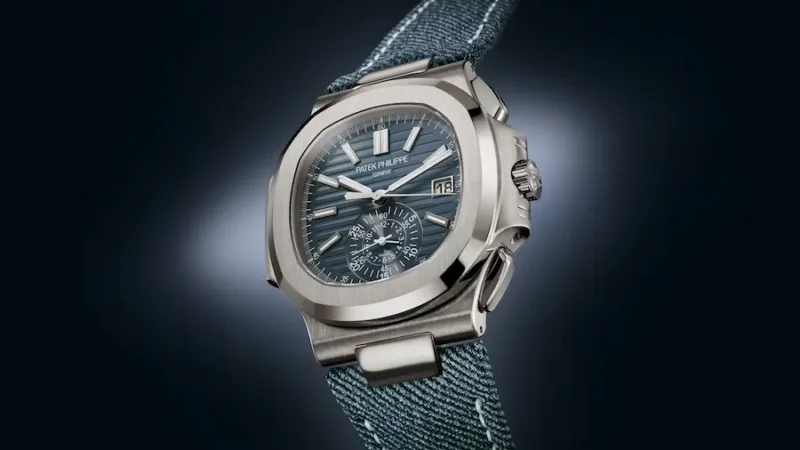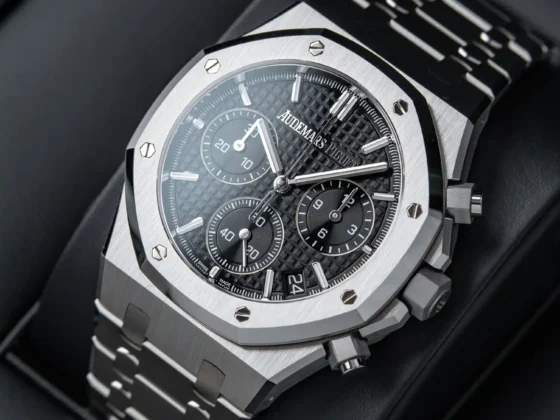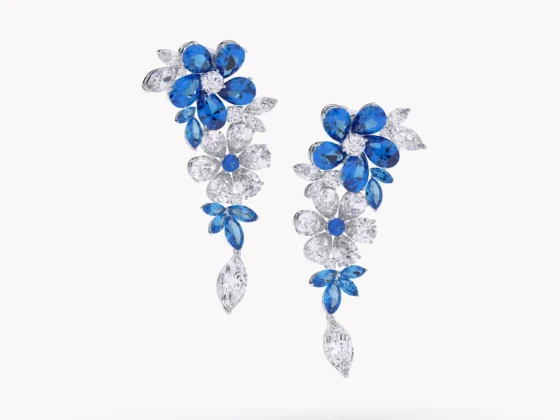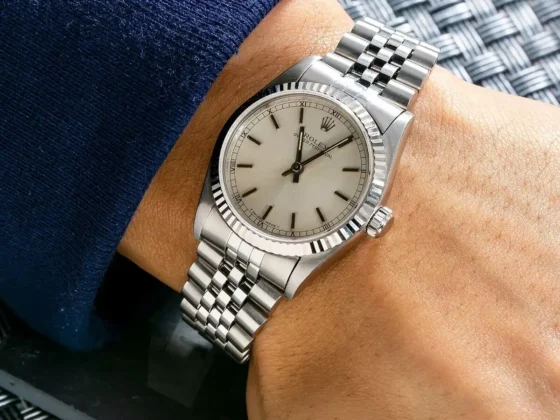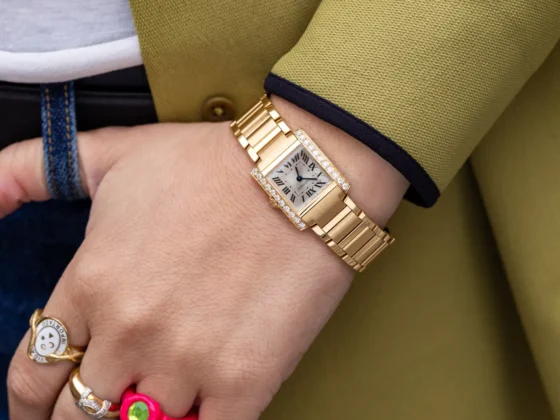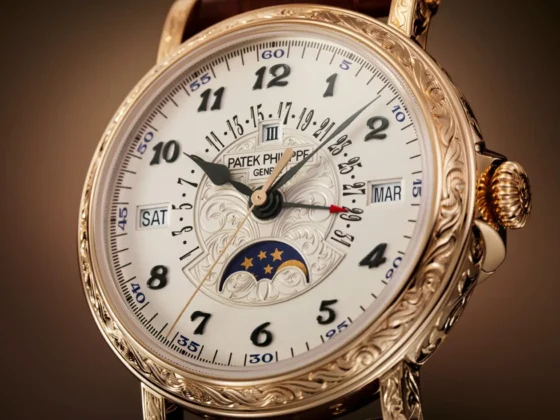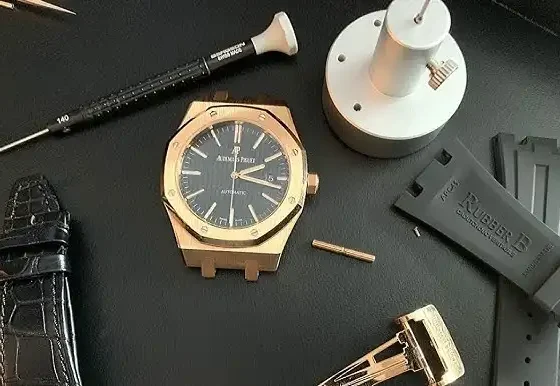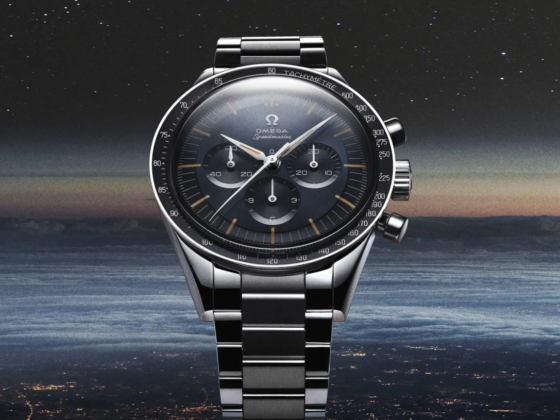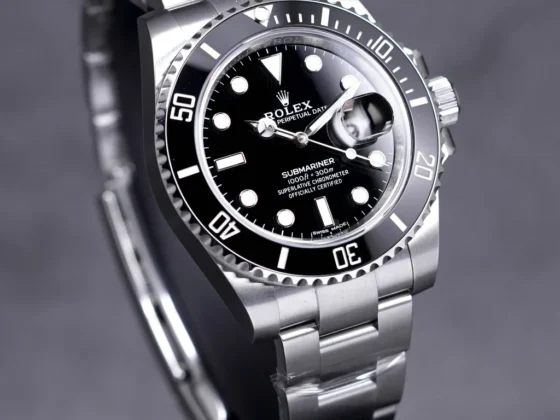In the world of luxury watches, rare watch auctions represent one of the most exhilarating and exclusive avenues for collectors and enthusiasts to acquire exceptional timepieces. These high-stakes events, hosted by renowned auction houses like Christie’s, Sotheby’s, and Phillips, feature rare and often one-of-a-kind watches that fetch millions. But what happens behind the scenes? What drives the bidding wars, and how can collectors navigate this competitive arena? In this article, we provide an insider’s perspective on the captivating world of rare watch auctions.
The Appeal of Auctioning Rare Watches
At its core, the allure of rare watch auctions lies in the uniqueness of the pieces up for bid. Whether it’s a vintage Patek Philippe or a limited-edition Audemars Piguet, these watches are often steeped in history and craftsmanship that set them apart from mass-produced models. Rarity, provenance, and condition are key factors that drive their value and make them highly coveted among collectors.
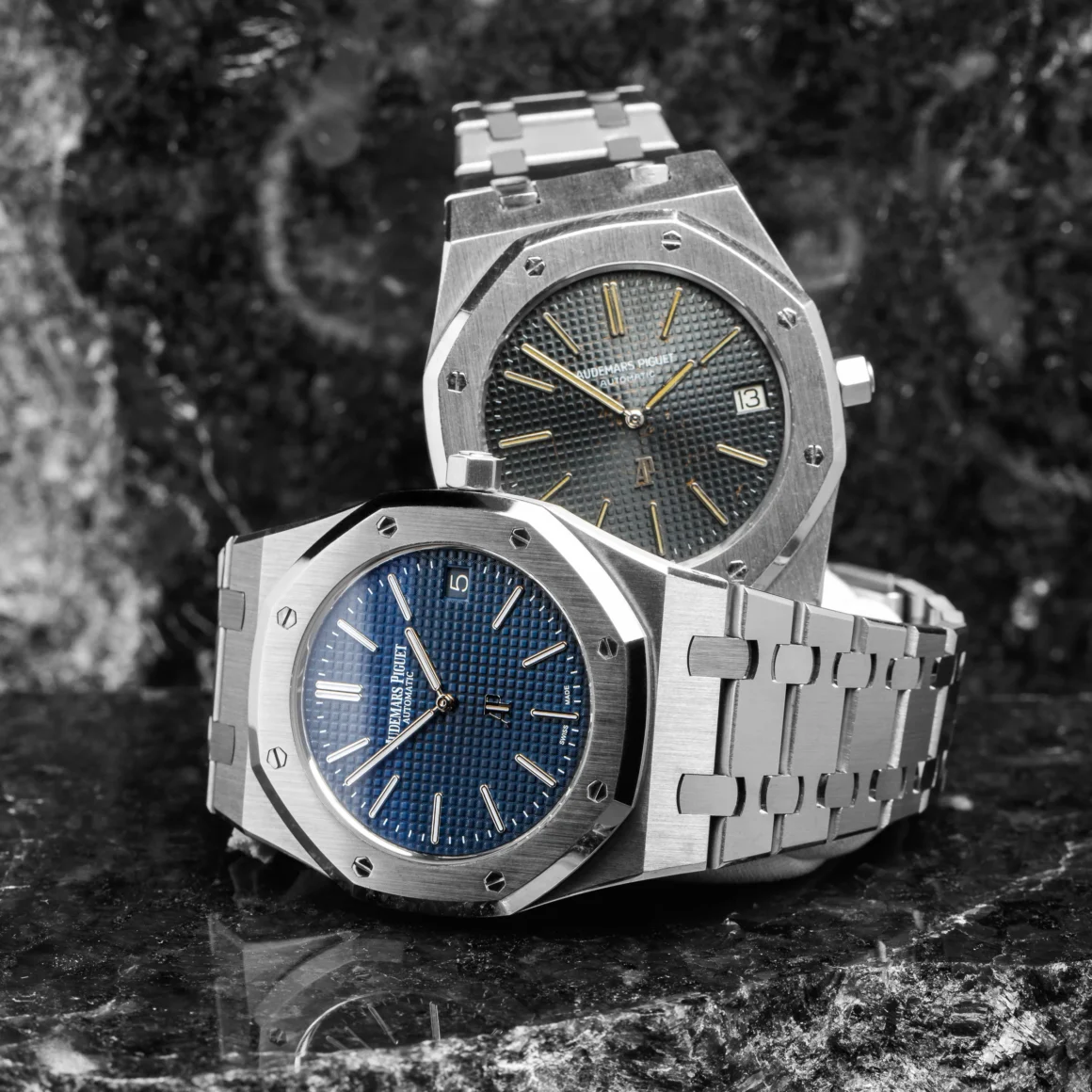
- Provenance: The history and previous ownership of a watch can significantly enhance its desirability. Watches owned by celebrities, royalty, or notable figures often command premium prices at auction.
- Exclusivity: Many of the watches sold at auctions are no longer available through traditional retail channels, making them even more desirable for collectors who wish to own a unique piece of horological history.
Understanding the Auction Process
Before a rare watch makes its way to the auction block, it goes through a rigorous process of authentication, valuation, and marketing. Auction houses employ teams of experts to verify the authenticity of each timepiece, ensuring that every detail aligns with the watchmaker’s records.
- Authentication and Condition Reports: The auction house provides detailed reports on the watch’s authenticity, condition, and any repairs or modifications that may have been made. This gives buyers confidence in the legitimacy and value of the piece..
- Pre-Auction Viewings: Serious collectors often attend pre-auction viewings to examine the watches firsthand. This allows them to assess the condition and ask the auction house experts questions about the piece.
- Bidding Strategies: Savvy collectors may employ a range of bidding strategies, from pre-bids placed before the auction starts to last-minute bids, known as “sniping,” during the live event. Some even use representatives to place bids on their behalf.
Inside the Auction Room: High-Stakes Drama
The atmosphere inside a rare watch auction is electric, as collectors and dealers from around the world gather in person or online to bid on highly sought-after pieces. Tension builds as bids rise, with some watches exceeding their initial estimates by millions of dollars.
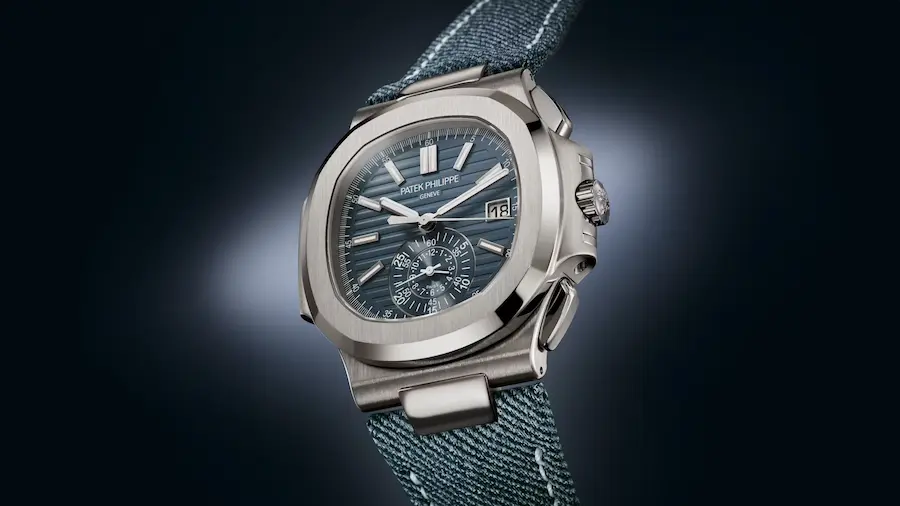
- The Role of the Auctioneer: The auctioneer plays a crucial role in maintaining the momentum and excitement of the auction. Their experience and intuition guide the bidding process, encouraging competition among bidders while ensuring the auction remains fair and transparent.
- Surprise Results: It’s not uncommon for rare watches to dramatically exceed their estimated value at auction. For example, Paul Newman’s Rolex Daytona sold for a staggering $17.8 million, far surpassing expectations due to its unique provenance and legendary status.
The Most Notable Auction Sales in Recent History
The world of rare watch auctions has produced some legendary sales. Watches that embody historical significance, innovation, or celebrity ownership often become the subjects of fierce bidding wars, breaking records in the process.
- Patek Philippe Grandmaster Chime: In 2019, this exquisite Patek Philippe sold for $31 million, making it the most expensive wristwatch ever auctioned.
- Rolex Ref. 6062 “Bao Dai”: Once owned by the last emperor of Vietnam, this rare Rolex sold for $5 million in 2017, becoming one of the most expensive Rolex watches ever sold.
- Omega Speedmaster “Ultraman”: A limited-edition Speedmaster, the “Ultraman” reference sold for $275,000 in 2022, nearly five times its initial estimate, demonstrating the power of nostalgia and rarity in driving up auction prices.
Tips for First-Time Auction Participants
Participating in a rare watch auction can be daunting for first-time bidders. However, by following a few key strategies, collectors can ensure they make informed decisions and avoid overbidding.
- Set a Budget: Determine your maximum bid in advance and stick to it. It’s easy to get caught up in the excitement and overbid, so discipline is key.
- Research the Watch: Make sure you thoroughly research the watch you’re interested in, including its market value, historical significance, and condition. Consult experts if needed.
- Consider Post-Auction Costs: Factor in additional costs such as buyer’s premiums, taxes, and shipping fees when setting your budget. These extra costs can add up quickly.
Rare watch auctions offer a unique glimpse into the world of high-end horology, where the thrill of the chase meets the allure of exclusivity. Whether you’re a seasoned collector or a newcomer to the auction scene, understanding the nuances of the bidding process, the value of provenance, and the drama that unfolds behind the scenes is essential to navigating this fascinating realm. With proper research and a disciplined strategy, participating in a rare watch auction can be both exhilarating and rewarding.


